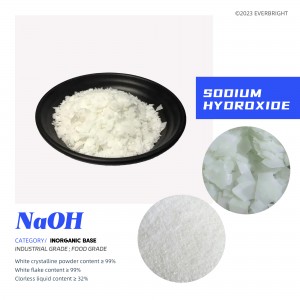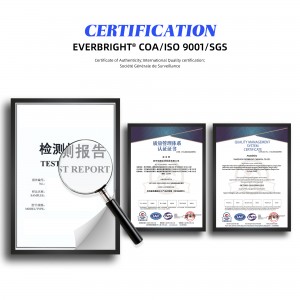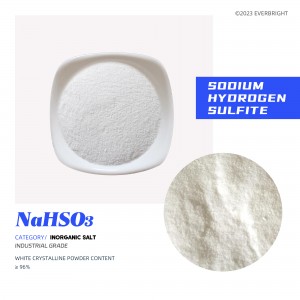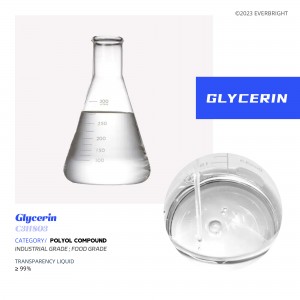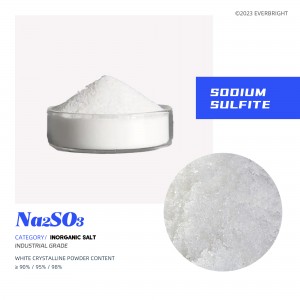Sodium Hydroxide
Product Details



Specifications provided
White crystalline powder content ≥ 99%
White flake content ≥ 99%
Colorless liquid content ≥ 32%
Corrodes fibers, skin, glass, ceramics, etc., and releases heat when dissolved or diluted in concentrated solution; The neutralization reaction with inorganic acid can also produce a lot of heat and generate the corresponding salts. React with aluminum and zinc, non-metallic boron and silicon to release hydrogen; Disproportionation reaction occurs with halogens such as chlorine, bromine and iodine. Can precipitate metal ions from aqueous solution to become hydroxide; It can make the oil saponification reaction, generate the corresponding organic acid sodium salt and alcohol, which is the principle of removing the oil on the fabric.
EVERBRIGHT® ‘ll also provide customized :content/whiteness/particlesize/PHvalue/color/packagingstyle/ packaging specifications and other specific products that are more suitable for your use conditions , and provide free samples.
Product Parameter
1310-73-2
215-185-5
40.00
Hydroxide
1.367 g/cm³
soluble in water
1320 ℃
318.4 ℃
Product Usage
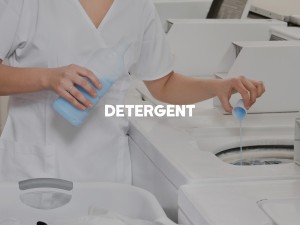
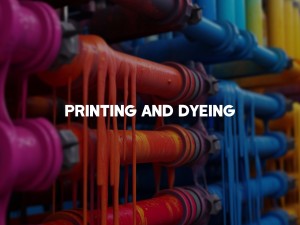
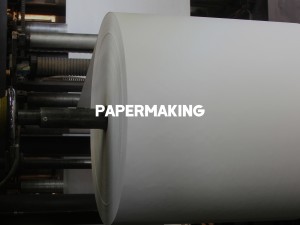
MAIN USE
1. Used for the production of paper making and cellulose pulp; It is used in the production of soap, synthetic detergent, synthetic fatty acids and the refining of animal and vegetable oils.
2. The textile printing and dyeing industry is used as a desizing agent, boiling agent and mercerizing agent for cotton cloth, and sodium hydroxide is often used to catalyze the reduction and cross-linking reaction of dye molecules to improve its dyeing and fastness. Especially in the dyeing process of amino acid dyes, sodium hydroxide has a good dyeing effect. In addition, in the reaction between dyes and fibers, sodium hydroxide can also generate a layer of chemically stable oxidation layer on the surface of the fiber, thereby improving the adhesion and fastness of the dye.
3. Chemical industry for the production of borax, sodium cyanide, formic acid, oxalic acid, phenol and so on. The petroleum industry is used to refine petroleum products and in oilfield drilling mud.
4. It is also used for the surface treatment of alumina, metal zinc and metal copper, as well as glass, enamel, leather, medicine, dyes and pesticides.
5. Food grade products are used as acid neutralizer in the food industry, can be used as peel agent for citrus, peaches, etc., can also be used as detergent for empty bottles, empty cans and other containers, as well as decolorizing agent, deodorizing agent.
6. Widely used basic analytical reagents. Standard lye for preparation and analysis. A small amount of carbon dioxide and water absorbent. Neutralization of acid. Sodium salt manufacturing. Widely used in papermaking, chemical industry, printing and dyeing, medicine, metallurgy (aluminum smelting), chemical fiber, electroplating, water treatment, tail gas treatment and so on.
7. Used as neutralizer, masking agent, precipitating agent, precipitation masking agent, thin layer analysis method to determine ketone sterol color development agent. Used for sodium salt preparation and saponification agent.
8. Used in the manufacture of various sodium salts, soap, pulp, finishing cotton fabrics, silk, viscose fiber, rubber products regeneration, metal cleaning, electroplating, bleaching and so on.
9. In cosmetics cream, this product and stearic acid saponification plays the role of emulsifier, used to make snow cream, shampoo and so on.






